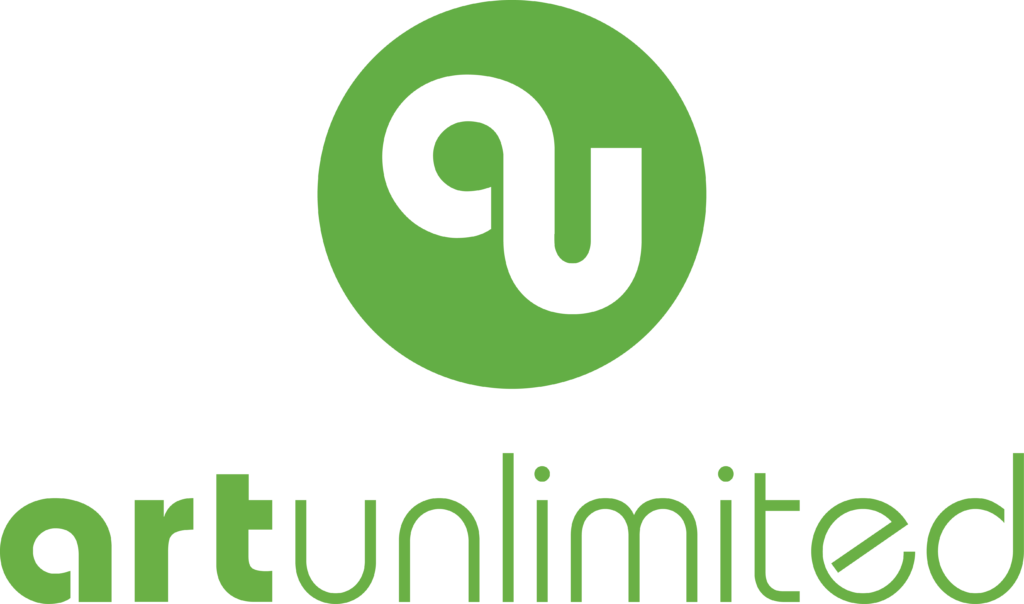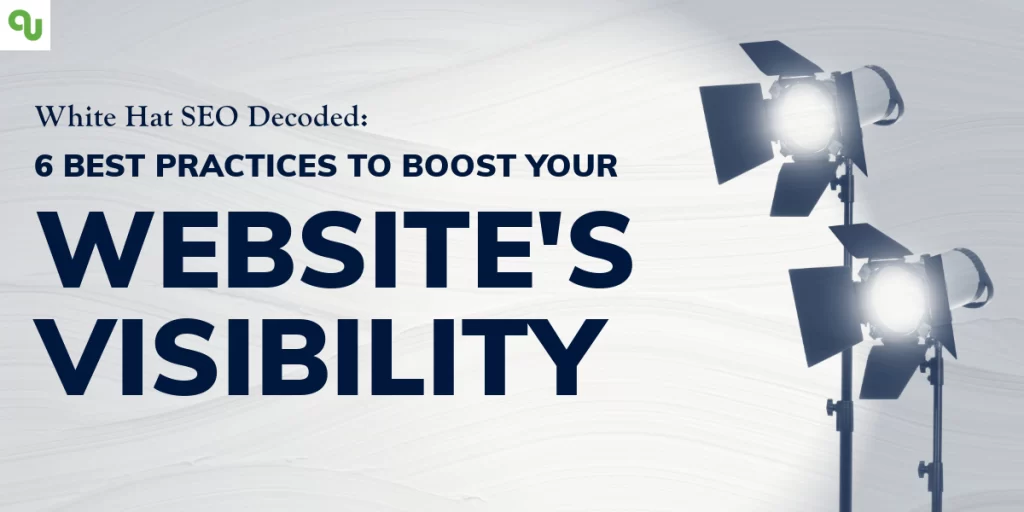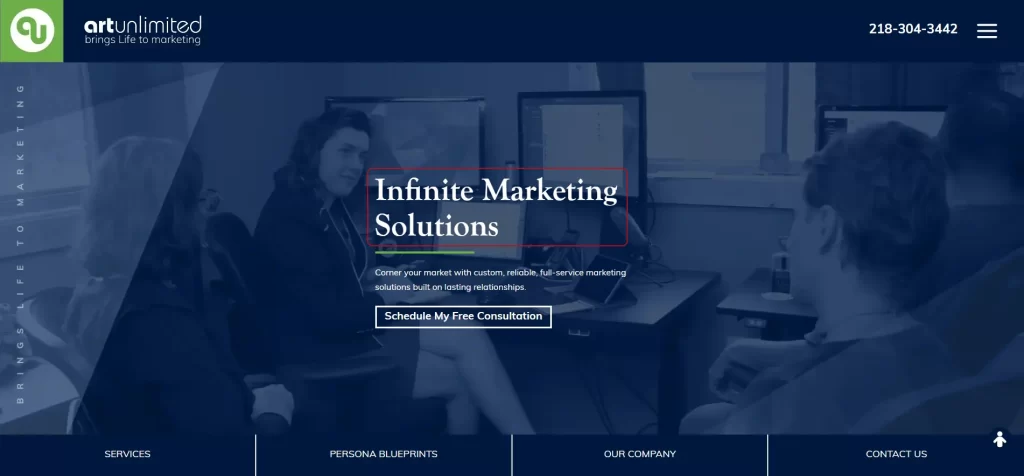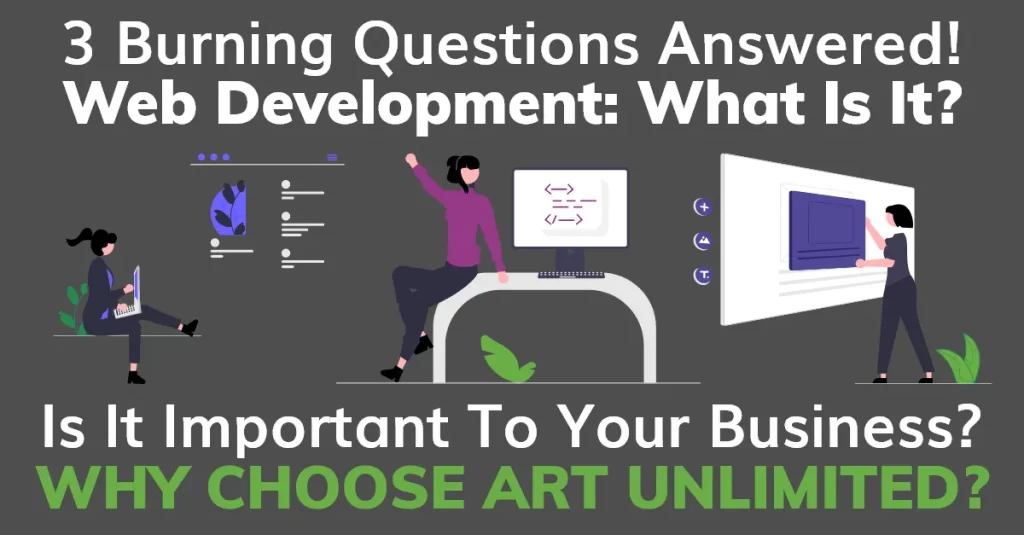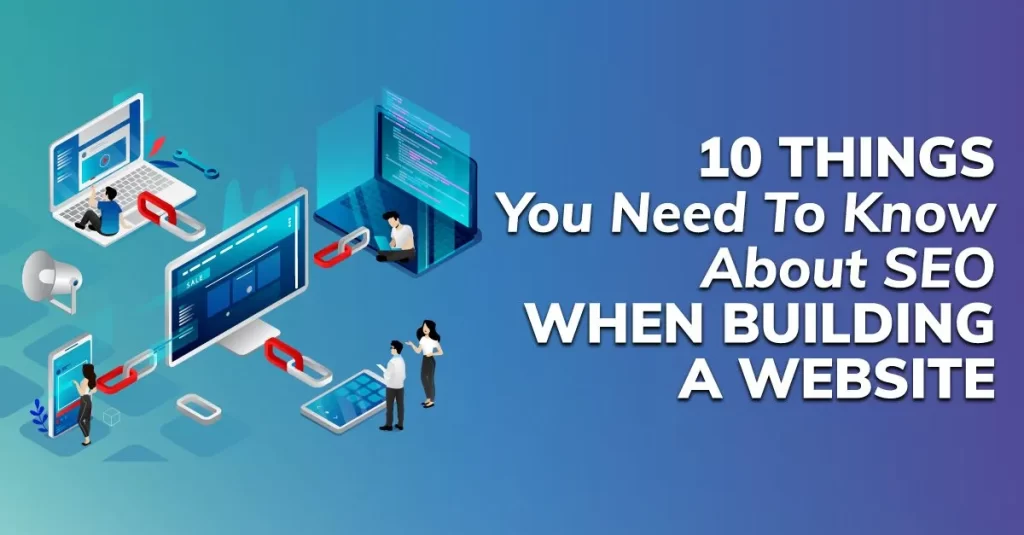The Most Essential Elements
When marketing for your business, Search Engine Optimization (SEO) is one of the most essential elements to finding success with your online audience. A good amount of time and energy should be spent optimizing your website to be user-friendly, Google-compliant, and, most importantly, informative. SEO will help your website rank higher in search engine results when properly optimized on a regular basis. Google’s algorithms, rules, and expectations have been known to change multiple times a year. Continuous website optimizations will enhance your company’s chances of ranking in the SERPs (Search Engine Results Page), local packs, and the upcoming SGE (search generative experience).

SEO is critical when attempting to increase your company’s visibility in the digital world. This will ultimately make your business more accessible. As a small business owner, you may wonder, “What are SEO best practices? How can I apply them to my marketing strategy?” The SEO team at Art Unlimited is here to share some of our most helpful SEO tips to make it as simple as possible for you.
White Hat Versus Black Hat SEO
It’s essential to recognize the contrast between White Hat SEO and Black Hat techniques. These two approaches represent opposing philosophies in the world of search engine optimization, with vastly different outcomes for your website’s long-term success and reputation.
White Hat
White Hat SEO refers to ethical and legitimate search engine optimization techniques that follow search guidelines and focus on providing value to users. These methods prioritize high-quality content, user experience, and natural link-building strategies. White Hat practices improve a website’s visibility through organic means, ensuring long-term success and avoiding penalties from search engines. Some key characteristics of White Hat SEO include creating informative, original content, optimizing for relevant keywords, improving site speed and accessibility, and earning backlinks through valuable partnerships and outreach.
Black Hat
In contrast, Black Hat SEO encompasses manipulative and deceptive tactics designed to exploit loopholes in search engine algorithms. These practices violate search engine guidelines and often prioritize short-term gains over long-term sustainability. Black Hat techniques can include keyword stuffing, cloaking (cloaking is when your website shows different content to search engines and users), hidden text, link farms, and purchasing backlinks. While these methods may yield quick results, they ultimately risk severe penalties from search engines, including de-indexing your site entirely. The consequences of Black Hat SEO can be devastating for your online presence and reputation.
Why Avoid Black Hat Tactics
While the allure of quick results may tempt some website owners to consider Black Hat SEO tactics, the risks far outweigh any potential short-term benefits. Search engines are sophisticated at detecting and penalizing manipulative practices, making Black Hat techniques not only unethical but also highly dangerous for your website’s long-term success. Here are several compelling reasons to steer clear of Black Hat SEO:
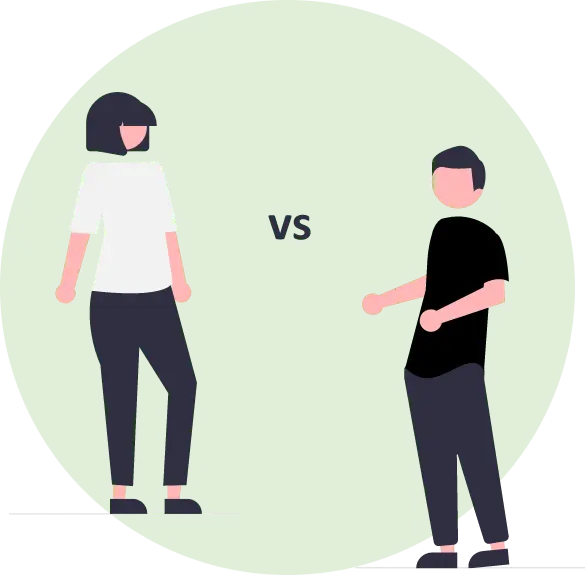
By avoiding Black Hat tactics and focusing on White Hat SEO strategies, you invest in the long-term success and reputation of your website. Let’s explore the six best practices that will help you achieve sustainable growth and visibility through ethical SEO techniques.
White Hat Optimization Techniques That Will Take Your Business to the Next Level
The World of SEO Can Be Tricky to Navigate
If you’re still feeling overwhelmed by it all, connect with us. We’ll collaborate with you to get your website on the right path to SEO success!
